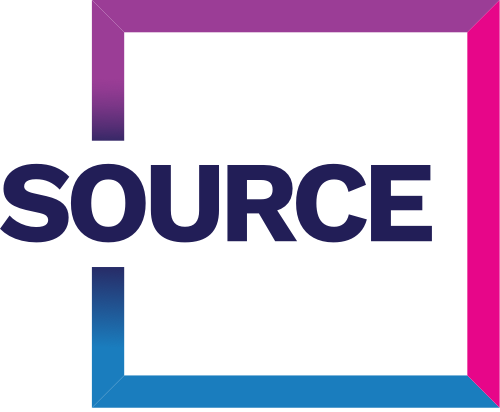Securing your trade mark in the United States is a crucial step for any brand looking to go global. As one of the world’s largest and most competitive markets, the US has its own specific legal and procedural requirements when it comes to protecting your brand. Our IP experts look at the top ways to ensure your trade mark is properly protected and compliant in the US market.
Direct filing in the US
A trade mark application can be filed directly to the US, however, you must fulfil a number of requirements, including having a local address that can receive documents issued by the United States Patent and Trademark Office (USPTO).
A direct application can be based on your existing use of the trade mark in the USA or its intended use. If filed on intended use, a declaration of actual use must be filed with exhibits of use before registration occurs. However, an existing application in the applicant’s home country could negate the need for the declaration of actual use.
An alternative to direct filing in the US: filing via the Madrid Protocol
Alternatively, an application can be filed via the Madrid Protocol. This is a global agreement that allows filing of a single international trade mark application to over 100 member countries. This allows a mechanism for undertaking a single action to the World Intellectual Property Organisation (WIPO) that takes effect in any number of the jurisdictions designated. This means that filing, assigning or renewing a trade mark can be undertaken by a single action. The Madrid Protocol is generally more cost effective than direct filing and you can file in the USA before you have actual use. You can instantly calculate fees for a Madrid Protocol application using Source’s International IP calculator here.
Examination process in the US
Once filed, the application in the US is assigned to a trade mark examiner who reviews the application in accordance with US legislation and practice requirements.. Any objections raised are provided in a report by the examiner, with a period of six months to overcome these. Objections may include other existing similar trade marks deemed similar enough to cause confusion, or your trade mark lacks sufficient adaptability to distinguish the goods or services you are applying for.
The value of pre-filing searches
It’s important to consider if searches are performed before filing an application, which if undertaken correctly can ascertain the likely objections you will receive in an application. With examination of a trade mark in the USA taking around 7-10 months, conducting a search can give clarity in 7-10 days rather than waiting 7-10 months for examination. Consideration should be given to the manner goods and services are designated. You must ensure complete coverage for everything your business does and ensure they comply with US practice. Coverage cannot be expanded once filed.
Opposition period
If the trade mark proceeds without objections, or any objections are successfully addressed, it is published in the Official Journal of Trade Marks for 30 days, during which time third parties may file oppositions.
The total time taken from filing to registration of a trade mark in the USA is typically around 10-12 months.
Cultural considerations
As is the case when entering any new market, it is important to consider the cultural impact of your trade mark and how it will be received by local consumers. What works in one jurisdiction, may not be perceived in the same way in another.
In the US, this includes being alert to regional slang, colloquial expressions, and the diversity of cultural and ethnic communities across states. Words that have playful or neutral meanings elsewhere may carry unintended racial, political, or sexual connotations in the American context. Additionally, the USPTO will reject trade marks it considers disparaging, scandalous, or deceptive under US law. Acronyms or abbreviations can also be problematic if they resemble well-known American brands, government agencies, or social movements. Even spelling differences (such as “favour” vs. “favor”) can affect consumer perception and searchability. Ensuring that your trade mark is not only legally compliant but also culturally suitable for the US market is a vital step in your international brand strategy.
Our IP experts are here to help
Source IP works across all jurisdictions and are experts in the intricacies and nuances of the international trade mark system. If you need trade mark protection in the USA or any other country, get in touch with our Source IP experts for advice on the best filing strategy for your business.
